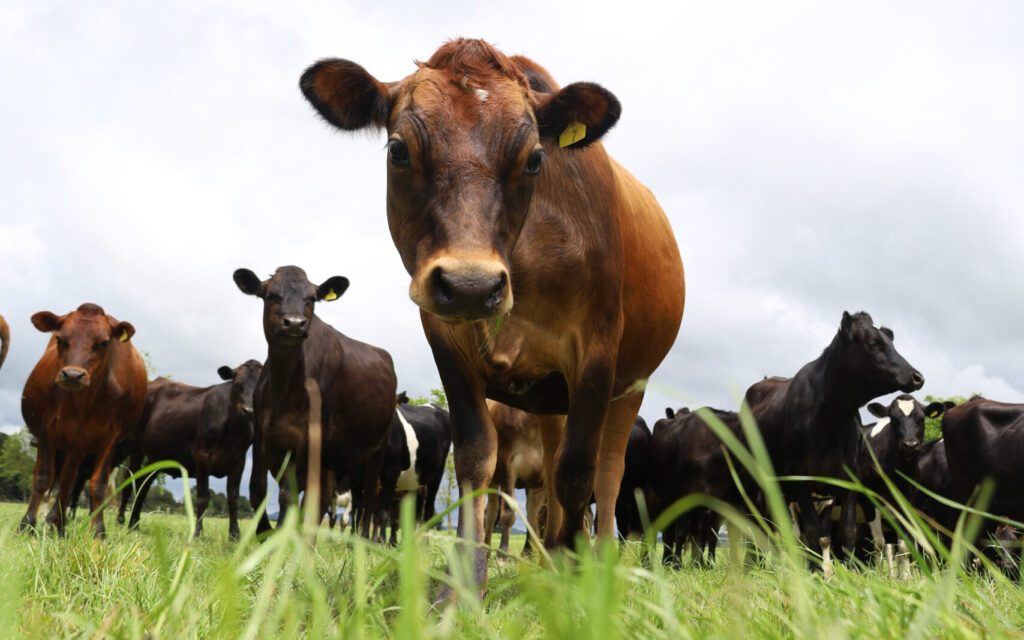
Restrictions are coming into play sooner for some farmers than we originally thought.
More than ever, we must ensure that every cow and every litre must pull its weight.
The difference between the top quartile and bottom-quartile of all herd-tested cows is a massive 160 kgMS difference in New Zealand, and it is likely a similar story here. In a 100 cow herd, that is the difference in €4,000 revenue. The NZ data was corrected for the age of the cow, her breed, and the location within which she is milked.
Nothing new here, as every herd has good cows and poorer performing cows. What is new for a lot of farmers, is they are now capped on the volume they can produce, however, they are not capped on the milk solids that they can produce. In other words, increased production must come from solids and not litres.
Below are two examples to show what this can mean:
This farm’s litre production is 637,800L and is a 100-cow farm. Table A shows two cows producing the same solids however the litres are different. On a herd level, this can mean more cows producing more solids and generating €30k more revenue within the 635,000L production limit.
Litres | Fat % | Pro % | Total MS/cow (kg) | KG milk solids from 635,000L | No. of cows required to produce 635,000L | |
|---|---|---|---|---|---|---|
Cow A | 6378 | 4.71 | 3.95 | 552 | 55200 | 100 |
Cow B | 5610 | 5.68 | 4.15 | 552 | 62376 | 113 |
Table B shows if you want to remain at 100 cows but still want to increase your per cow production, increasing litres may not be an option, but increasing fat and protein will be. The extra solids would generate €19k more revenue. Both cows are producing similar litres but different solids.
Litres | Fat % | Pro % | Total MS/cow (kg) | Total MS produced (kg) | No. of cows | |
|---|---|---|---|---|---|---|
Cow C | 5600 | 5.12 | 3.89 | 505 | 50500 | 100 |
Cow D | 5610 | 5.68 | 4.15 | 552 | 55200 | 100 |
Are farmers willing to sell some stock and replace milky cows with higher solid % cows?
This is not a bad option and results are immediate. So many times, farmers have told me that they wished they had taken this route when they decided to change their breeding strategy. They could have got the results from day 1. This is where having a good discussion group, consultant or mentor comes into play, helping you workshop this decision.
What about the breeding side?
When choosing your semen for the coming year, break the milk sub-index down. See if it is volume or fat and protein driving the sub-index figure. Less volume and higher solids % can be achieved within breed, albeit a lot slower, but it is doable.
A good deal of cow variation exists following the ‘growth years’, where some cows were retained that arguably shouldn’t have been. I can understand retaining them at the time, however this is the time to focus on improving herds and securing our future.
Talk to your LIC Ireland breeding advisor for more information.



